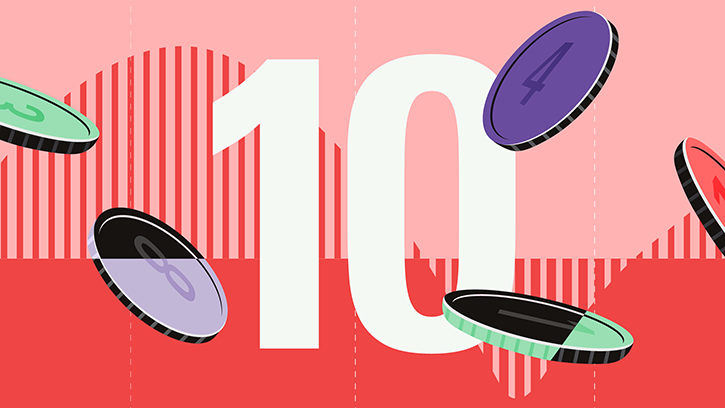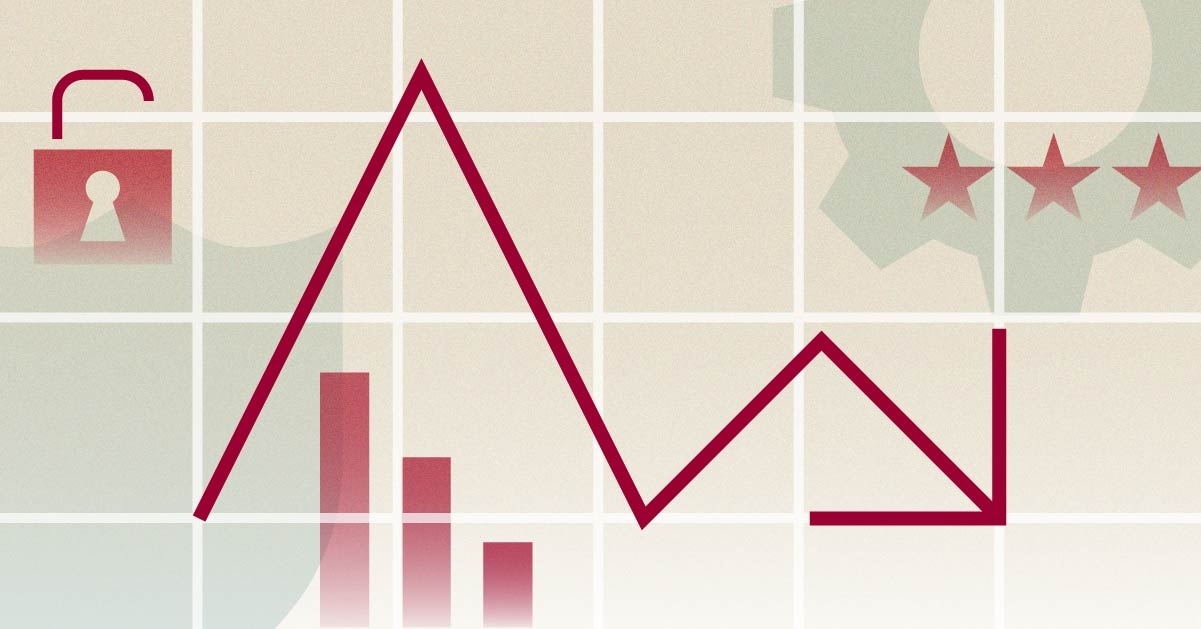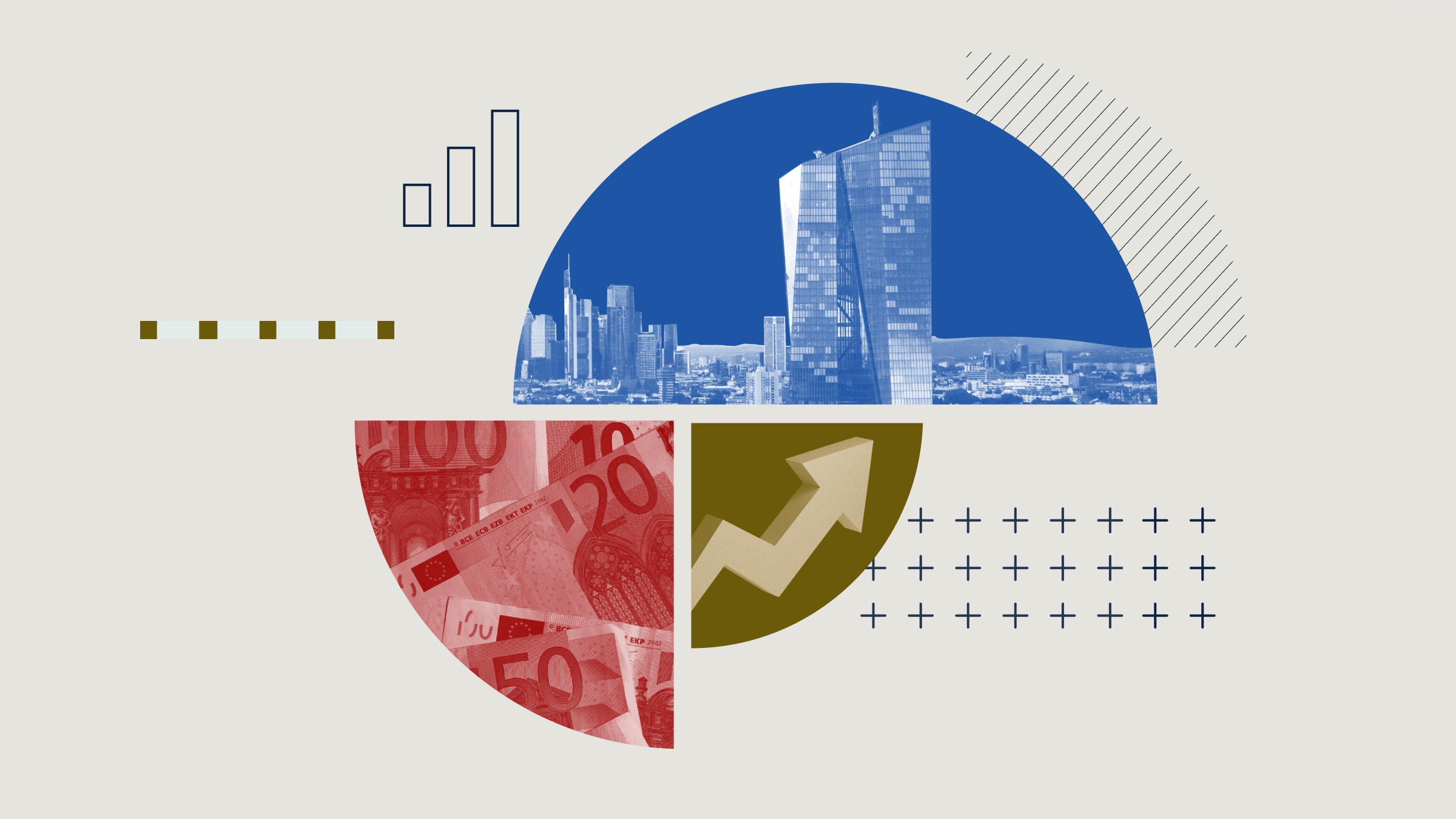
Costs Must Be Kept to a Minimum
Let’s start with an undeniable path to improving outcomes. Reduce costs. Costs come in many forms – fund charges are what we target the most, but we must also think about trading costs, hedging costs and finally opportunity costs.
In the short term, costs may not feel important – when markets move by percentage points on a weekly basis, it is easy to forget about basis points on an annual basis – but penny pinching is one of the most underrated paths to long-term success. Think of costs like a hurdle rate, primarily because it becomes easier to hit a return objective.
Understand What is Unimportant
When people seek success, they often fall into the trap of short-term forecasting. What will the central banks do next? Will we encounter a recession following Brexit? At what point will Donald Trump be ousted from politics? Macro forecasting of this kind is often fraught with danger – not due to motivation or intention, but rather due to ability and implementation. By trying to become an instant expert in the unpredictable, they are prone to making errors.
For this reason, we spend a significant amount of time considering what is important/unimportant and what is knowable/unknowable. When investing, we are dealing with uncertainty, and frankly, a lot of what we deal with is predictably unpredictable. We therefore want to focus on the important knowables, while trying to protect against the important unknowables and ignoring the unimportant.
If an investor thinks about the markets under this framework, they are far more likely to remain humble in euphoria and steadfast in panic. It redirects the human brain to the things that are important and knowable, which helps construct portfolios holistically and minimises judgement errors.
Deal with Animal Spirits
Behaviour is the beast that keeps us up at night. At an individual level, it is theoretically in our control, yet has a habit of impairing our rational selves. Most prominently, it is the pendulum between fear and greed, combined with the herd mentality, that matters most. At extremes, the collective power of fear and greed is unfathomable. It exaggerates market cycles, but for those able to control their biases and think independently, it creates the opportunities to improve reward for risk. Thought of this way, behaviour is both our friend and our worst enemy at the same time.
In the current context, this has special importance. We are living in a distinctive period, where optimism has been rife for a long time driving the price of some assets, such as U.S. equities, to a level that we believe is unsustainable. If and when this collective optimism unwinds, the catalyst of which will be largely unknowable, it is important that we first control our own behaviour and act independently when it counts. To help us do this, we are holding more cash than we would ordinarily, providing ammunition and a safety blanket to protect ourselves.
Adopt Probabilistic Thinking
Research shows that investors chase performance to their own long-term detriment. By being contrarian, one of the easiest ways to identify opportunities is to find investments that are utterly unloved and out of vogue. Perhaps more than that, we want to identify assets where the price is trading significantly below its intrinsic value – a margin of safety if you will.
We do this because such a valuation-driven approach reduces the probability of making mistakes. We seek exposure to investments where the price is unusually low, especially when the fundamentals are sound, because the range of outcomes are skewed in our favour. More recently, this means favouring unloved areas of the market such as UK multinationals, European telecommunications, European energy, Russian equities and US treasuries. They are out-of-favour, but not out-of-being.
We also think about this more broadly. We know that over the long term, equities are likely to provide a better return than bonds or cash. Hence, depending on the objective of the portfolio, it makes sense to only reduce the equity exposure when valuations appear to be unsustainably high rather than just moving the weight up or down in response to market movements.
Be Aware of the Risks We Can’t See
Possibly the most important theme of all is to know what you don’t know. The demise of many talented investors comes from a mix of overconfidence, a recency bias and ultimately getting side-swiped by something they didn’t see coming. Risk is all around us, and as humans, we have a behavioural habit of focusing only on what we can see directly in front of us.
The path to making the fewest mistakes requires us to build portfolios that are designed to stand up to many outcomes, not just one. Therefore, we think it is much smarter – and safer – to consider risk management holistically. This illustrates the importance of diversification, balancing the inter-relationship between opportunities to limit the downside and maximise the upside.
In the current environment, this means being guardedly positioned, with exposure to multiple drivers of returns. In this regard, we find Japanese equities and European telecommunications exposure interesting, as they offer an investment portfolio something different and can help improve reward for risk. The key is to apply abstract thinking and always strive to know what we don’t know.





























